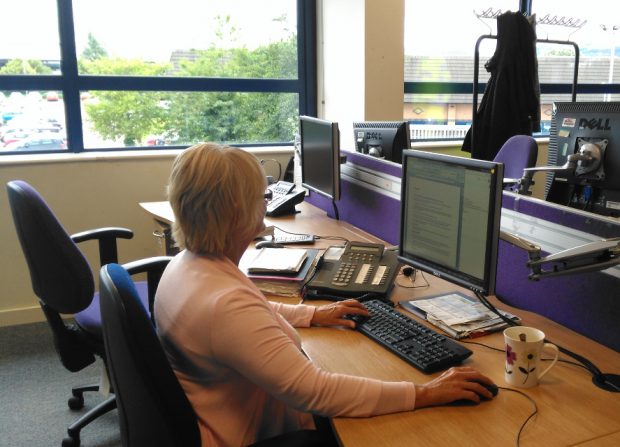GDS started looking at how to support services providing webchat last year. Since then we’ve completed a discovery and an alpha and we’ve published 8 posts on 4 GDS blogs about our user research, patterns for making webchat accessible, insight and recommendations.
We thought it would be useful to signpost readers from here to all of the 8 webchat posts.

Discovery
We began our discovery with a call out to government service teams using or considering using webchat to get in touch.
We wanted to see how existing services were using webchat and to see if service teams needed a centrally run webchat component, similar to GOV.UK Pay or GOV.UK Notify.
We didn’t identify a need to build a webchat component, but it was clear there were opportunities for GDS to work with teams around government to create service patterns to speed up and help with future webchat implementations.
Alpha
Based on what we learned in the discovery, the alpha sought to create patterns to set the standard for ‘what good live chat looks like’ in terms of visual and interaction design, accessibility, security and measuring performance.
As always, user research was a fundamental component of the alpha. The research, led by Emma Graham, focused on testing human interactions in a webchat using role play and doing research with government and commercial contact centres.
Emma also wrote a post on how the team had to deliberately break users’ journeys during the user research sessions in order to observe them using webchat.
Theo Vavaru investigated how technologies can help make webchat software more usable with screen readers. His post contains detail and tips on how to make webchat accessible.
And Chris Heathcote - the product manager - talks about the different perspectives of the 4 main groups of users interacting with this support channel - services users, advisers, managers and service teams.
What’s next
We’ve finished the webchat alpha and our guidance for service teams will be added to the service manual. And we'll publish our approach to webchat implementation for services to use.
There’s still more research that could be done looking across user support channels. In particular costs and charging models for user support need further research. These channels are an important part of every service and can benefit from digital transformation.
We suggest service teams explore the best way to gather useful metrics to assess how efficient webchat is for their service. And not to assume this support channel saves money on its own.
Finally, it’s important to note how useful webchat is for shining a light on users’ needs. These valuable insights, captured within webchats, should be included in the process of iterating and improving services. It's better for users not to need support than to have to ask for help.
If you're a civil servant and would like to see more detailed webchat alpha findings, please give us your name and email address.
Keep in touch by signing up to email alerts from this blog.
Follow Chris Heathcote, Emma Graham and Theo Vararu on Twitter.
GDS is expanding, and we have a number of positions that need to be filled - especially on the Government as a Platform team. So we’re always on the lookout for talented people. Have a look at our videos describing how we work, our vacancies page, or drop us a line.